Opioids have been a common choice for pain management in seniors, primarily due to their effectiveness in providing quick relief, making them a go-to option for maintaining a certain level of normalcy despite chronic pain. However, it’s important to recognize that while opioids can be effective, they also come with certain risks that need careful consideration.
The journey of pain management is both intricate and essential. With an increasing number of seniors seeking pain relief, the critical question is how to manage pain in a way that is both effective and safe, ensuring health and independence. This quest invites us to delve into the risks of opioids for seniors and explore safer, more comprehensive alternatives that offer relief while promoting overall well-being.
The Challenge of Pain Management in Seniors
As a study published in Cureus Journal of Medical Science stated, “Pain management in older persons differs significantly from that in younger persons. Concomitant chronic illnesses [occurring during the same time period] make pain evaluation and treatment more difficult in the elderly. Also, older people respond differently to various therapies, usually with lesser efficacy and more severe adverse reactions, including additional risks of polypharmacy [simultaneous use of multiple drugs] and addictions.”
A common hurdle many seniors face is the management of persistent joint and muscle pain. This discomfort is often an inevitable part of aging, exacerbated by arthritis and other chronic health issues. Such pain can be more than just a physical ailment; it often impacts the quality of life, limiting daily activities and the enjoyment of hobbies.
In addressing this pain, opioids are the traditional prescription of choice. Though known for their effectiveness in pain relief, opioids also come with substantial risks, especially for seniors. Such risks include a higher chance of dependency, adverse side effects and potential interactions with other medications commonly used by the senior population. So, it’s imperative to approach opioid use with caution and consider alternative methods of pain management that can be both effective and safer for seniors.
Risks of Opioid Use in the Senior Population
According to the United States Department of Health and Human Services’ Administration for Community Living, “Older adults are among the groups affected by this problem because they often use prescription opioids to cope with painful chronic conditions, such as arthritis or procedures, such as surgery. As a result of chronic pain, older adults may use prescription opioids for a long time, which presents a risk of developing an opioid use disorder. In addition, as people age, medications affect them more strongly and they are slower to leave their systems, so the side effects of opioids can be severe. Among the risks that older adults who use opioids face are death, hospitalization and use of emergency departments.”
The use of opioids in seniors is associated with several significant health risks that need careful consideration and management:
Increased Risk of Falls: Opioids can cause drowsiness and a state of relaxation, affecting a person’s physical stability and coordination. This means that taking opioids might make it harder to stay balanced or move accurately, increasing the risk of falls and accidents, especially in seniors.
Mental Decline: Seniors using opioids may experience issues like memory loss and decreased alertness. These cognitive effects can significantly impact daily functioning, independence and overall quality of life.
Breathing Difficulties: Opioids can slow down or weaken the breathing process, a condition known medically as respiratory depression. This effect is particularly dangerous for seniors who already have lung problems like Chronic Obstructive Pulmonary Disease (COPD) or asthma. When opioids impair breathing, it can lead to a reduced oxygen supply to vital organs, potentially causing severe health complications. Seniors using opioids, especially those with existing breathing issues, need close monitoring to ensure their safety.
Risk of Addiction and Dependency: Even with prescribed use, there’s a risk of developing addiction and dependency on opioids. This can lead to further health complications, as well as social and psychological challenges.
It is vital to weigh these risks against the benefits when considering opioid use for pain management in seniors. The overarching goal should always be to manage pain effectively while minimizing the impact on overall health, independence and quality of life. Exploring and utilizing safer alternative pain management strategies can be crucial in achieving this balance.
Non-Opioid Pain Management Alternatives
In the quest for safer pain management, a variety of non-opioid alternatives have been found to offer seniors effective ways to manage pain without the risks associated with opioid use.
The American Society of Anesthesiologists recommends these alternatives:
Non-Opioid Pain Medications
-
Ibuprofen (Motrin)
-
Acetaminophen (Tylenol)
-
Aspirin (Bayer)
-
Steroids

Physical Therapy
Physical therapy involves tailored exercises and treatments designed to strengthen muscles, improve mobility and alleviate pain. Physical therapists work closely with seniors to create personalized routines that target specific pain points and improve overall bodily function. This method is particularly effective for pain from arthritis, back pain or injuries. By enhancing physical strength and flexibility, seniors can experience significant pain relief and improved capacity for daily activities.
Acupuncture
Rooted in traditional Chinese medicine, acupuncture involves the insertion of fine needles into specific points on the body. The process stimulates the body’s natural painkillers and improves energy flow. Many seniors find acupuncture helpful for various conditions, including chronic pain, arthritis and headaches. It’s a non-invasive treatment that can bring about a sense of relaxation and well-being alongside pain relief.
Holistic Approaches
These include a range of therapies, such as massage therapy, yoga and meditation. Massage therapy can help to alleviate pain by relaxing tense muscles and improving circulation. With its gentle stretches and poses, yoga can enhance flexibility, strength and balance while relieving pain. Meditation and mindfulness practices can help seniors manage the emotional aspects of living with chronic pain, reducing stress and improving their overall quality of life.
Modern Alternatives
Alongside traditional non-opioid methods, there are cutting-edge alternatives that utilize the latest advancements in medical technology. These modern techniques are designed to target pain at its source, offering relief with minimal invasiveness or side effects.
Radio Wave Therapy: This advanced treatment uses radio waves to target specific pain areas, providing relief by disrupting pain signals. It’s a non-invasive procedure that has shown promising results in treating conditions like chronic back pain and nerve-related discomfort.
Nerve Blocks: Nerve blocks involve injecting medication to temporarily block pain signals from specific nerves. This technique is particularly beneficial for localized pain and can be a valuable part of a comprehensive pain management plan.
Electric Signal Treatments: Utilizing controlled electric signals, this therapy can help manage pain by interfering with the signals sent to the brain. It’s often used for chronic pain conditions and can be tailored to the specific needs of each individual.
Personalized Pain Management Strategies
Personalizing pain management strategies is fundamental to addressing the unique needs of each senior. This approach goes beyond treating symptoms; it involves a comprehensive understanding of the individual’s health conditions, lifestyle, preferences and the specific challenges they face due to pain.
Based on the findings of a study published in the Mental Health Clinician, “When designing a pain regimen, taking an individualized approach that considers the patient’s functional status, comorbidities and treatment goals will maximize pain management.”
Here’s a deeper look at the ways a personalized approach can make a difference:
Addressing Individual Health Conditions
Seniors often have multiple health issues that can complicate pain management. For instance, a senior with arthritis and diabetes might need a different approach than one with heart conditions. Personalized strategies consider these varying health profiles, ensuring pain management plans are safe and effective for each individual’s specific health scenario.
Considering Lifestyle Preferences
Each senior has a unique lifestyle and activities they enjoy or must perform daily. Personalized pain management considers these factors, aiming to minimize pain to allow seniors to continue engaging in their preferred activities. For example, a senior who enjoys gardening might benefit from specific therapies that target and strengthen the muscles used while digging and planting.
Incorporating Patient Preferences and Feedback
Effective pain management is also about respecting and integrating the patient’s preferences and feedback. This includes their comfort with specific treatments, willingness to try alternative therapies and personal experience with the effectiveness of various strategies. This collaborative approach ensures the senior actively participates in their pain management journey.
Interprofessional Care
Based on the Interagency Pain Research Coordinating Committee’s advice, “Greater collaboration is needed between primary care clinicians and pain specialists in different clinical disciplines and settings, including multispecialty pain clinics.”
Healthcare professionals are crucial in developing and implementing these personalized pain management strategies. This involves:
Conducting Comprehensive Assessments: This includes medical evaluations and discussions about the patient’s daily routine, pain levels and treatment preferences. Such assessments provide a holistic view of the senior’s needs.
Collaborative Planning: Healthcare professionals work closely with seniors and, often, their families to create a pain management plan. This process might involve a combination of therapies, regular evaluations and adjustments based on the patient’s response to treatment.
Education and Support: Educating seniors about their condition and the available treatment options is vital. Healthcare providers also offer support and guidance, helping seniors navigate their options and make informed decisions about their care.
By moving away from a generalized approach and adopting personalized pain management strategies, healthcare professionals can significantly improve the quality of care for seniors. This tailored approach addresses pain more effectively and enhances overall well-being and quality of life, allowing a more comfortable and active life.
Turning Point Wellness Center: Guiding Seniors to Safer Pain Management Solutions
At Turning Point Wellness Center, our knowledgeable and friendly staff are dedicated to guiding seniors through this journey, providing expert guidance and various non-opioid pain management options customized to meet individual needs. By choosing us, seniors from Land O Lakes, Florida can make well-informed decisions that effectively manage their pain, helping maintain independence and improve overall quality of life with our caring team’s support.
Don’t let pain define your golden years. Visit Turning Point Wellness Center today to explore how we can help you manage your pain safely and effectively. Our team eagerly supports your journey to a more comfortable and fulfilling life. Contact us now to schedule a consultation and take the first step towards regaining control of your well-being.

